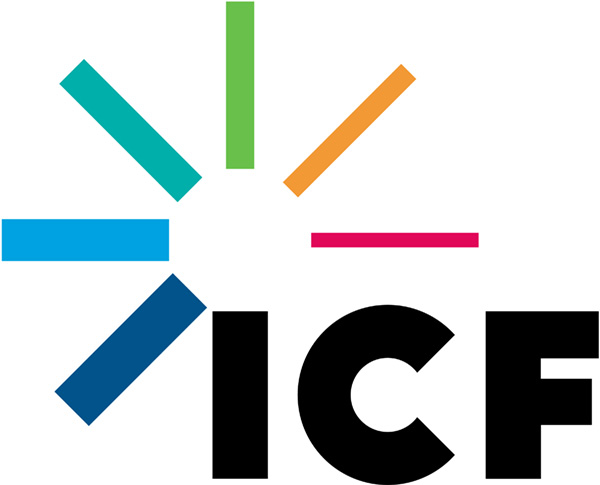1 NCATS GARD RDD Test Plan
Generic Clearance for the Collection of Qualitative Feedback on Agency Service Delivery (NIH)
NCATS GARD RDD Test Plan - 2-13-19
ORDR Usability Testing of Web Resources for Rare Disease Patients (NCATS)
OMB: 0925-0648

NCATS GARD Usability Test Plan OMB#: 0925-0648 Exp., date: 05/2021
Last updated: February 2019
NCATS Genetic And Rare Disease (GARD) Program Usability Testing Plan
Method
Unmoderated Usability Testing and Survey.
The activities will be conducted in person at Rare Disease Day, an event held at the NIH campus.
Recruitment
All persons attending Rare Disease Day at the NIH campus have a personal or professional interest in rare disease information. The room is open to all attendees who have an interest in learning about and providing feedback for the GARD website.
No more than 25 participants will take part in the usability test.
Task Guide
Thank you for participating in this test of the Genetic And Rare Disease (GARD) website. The National Center for Advancing Translational Sciences (NCATS) is redeveloping this website to better support the NCATS goals of connecting the public with reliable information on genetic and rare diseases.
We are testing the website to find out if there are ways we can make it better. You will be asked to complete tasks and to answer questions to get some of your opinions on specific areas of the website. If you don’t feel comfortable answering a question and would like to skip it or want to stop the test at any time, please don’t hesitate to do so. We do not collect any personal information.
The survey should take less than 15 minutes to complete.
About you
What brings you to Rare Disease Day?
How did you find out about the GARD website?
What other resources do you use to research rare diseases?
What are you looking for when you are researching a rare disease?
Overall experience
The GARD website provides information on genetic and rare diseases targeted at a patient and caregiver audience. Please take a look at the website on your own. Look in any area that interests you.
[Start]
Website
[Done]
What did you like about the website?
What do you feel was the most difficult or confusing part of the website?
What did you find the most helpful to you?
Homepage
Now I’d like you to take a look at the homepage of the website and after you look around and read what it is about, we’d like you to give us your impressions and expectations. Once you are done looking around, click on the [Done] button in the upper right corner.
[Start]
Homepage
[Done]
What are your first impressions of the website?
What is the main purpose of the website and what can you get from the website?
What information would you want to know about rare diseases, both for a specific disease and more broadly?
Disease Page
In just a few minutes, look around to see if you can find enough information on this particular disease page. Once you are done looking around, click on the [Done] button in the upper right corner.
[Start]
Website
[Done]
Where did you look for the information?
Were any questions you previously had about this disease answered from reading this information?
What are the next steps that you feel ready to take after reading this page?
Next, take a second look at the same area with the purpose of answering these questions,
What did you find the most helpful?
What was the most confusing?
Was there anything that you expected to find that wasn’t on the website?
[Start]
Disease Page
[Done]
What did you find the most helpful?
What was the most confusing?
Was there anything that you expected to find that wasn’t on the website?
Thank you for your participation. Your opinions will really help us make this website better.
Burden Disclosure Statement
Public reporting burden for this collection of information is estimated to average 15 minutes per response, including the time for reviewing instructions, searching existing data sources, gathering and maintaining the data needed, and completing and reviewing the collection of information. An agency may not conduct or sponsor, and a person is not required to respond to, a collection of information unless it displays a currently valid OMB control number. Send comments regarding this burden estimate or any other aspect of this collection of information, including suggestions for reducing this burden, to: NIH, Project Clearance Branch, 6705 Rockledge Drive, MSC 7974, Bethesda, MD 20892-7974, ATTN: PRA (0925-0648). Do not return the completed form to this address.

| File Type | application/vnd.openxmlformats-officedocument.wordprocessingml.document |
| File Title | RFI Template Blue Bleed |
| Author | Microsoft Office User |
| File Modified | 0000-00-00 |
| File Created | 2021-02-19 |
© 2025 OMB.report | Privacy Policy